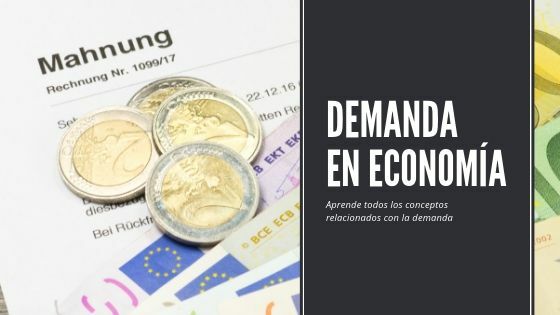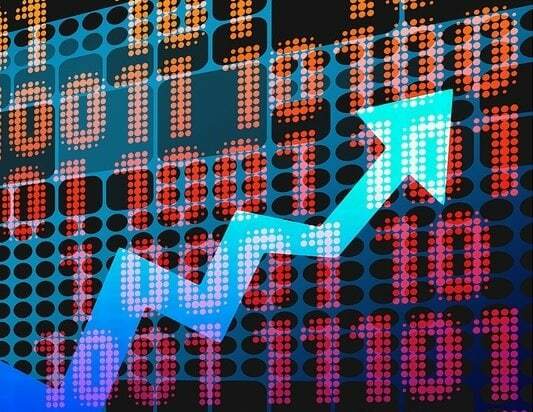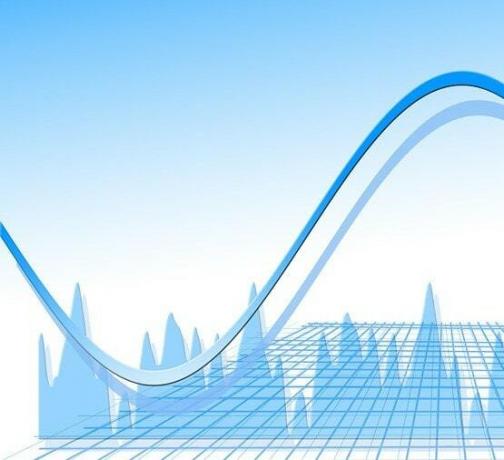Just as technological advances and the diversification of markets have changed the concept of supply, the demand has evolved over time, the tastes and needs of the consumer have been influenced by various external factors such as fashion, advertising, quality and brands even the sales sites.
In economy, the demand concept is usually studied in conjunction with the concept of the offerIt can be said that these economic elements determine the rules of the game in the different types of market.
Advertisements
This concept is quite analyzed in the economic study, which tirelessly seeks the most efficient way to distribute resources, which we know are limited, to the needs of human beings, which are characterized by being unlimited. In theory, if the price of all goods were zero, we would have infinite demand.

Advertisements
In this article you will find:
What is the Lawsuit?
The demand in economics is given by the amount of goods and / or services that a certain public is willing to buy in a certain market, at a specific price.
The quantity demanded will depend on a series of elements, mainly the Price of the product offered, its availability and the money and the need of those who wish to acquire it. For this reason it is said that the demand reflects the will and capacity of people to acquire a certain good.
Advertisements
Law of demand
It is the economic law by which it is determined that the quantity demanded of a certain product and / or service decreases as its price increases, while the other variables remain the same constant. In clear words the level of demand is inversely proportional to price.
That is, the demand law determines the quantity demanded of a good depending on the price, noting that, the lower the price of a good, the higher it will be the demand, since the plaintiffs are motivated to buy these products in the market at that price at a time dice.
Advertisements
In such a way that the variation of P (price) causes an inverse variation in Q (the quantity demanded).
Determinants of demand
There are several determining elements of the increased or decreased demand, these might be:
Advertisements
The price:
The price of goods and / or services is inversely proportional to demand. That is, the higher the price of a product, the lower the number of people willing to buy it.

The offer:
The provision of goods and / or services, expressed in inventories, can make the level of demand vary, depending on the conditions of variation in the offer. For example, if the supply of a product drops due to an external cause such as a phenomenon or natural disaster, having less quantity of that product supplied, the market price will rise as there will be people willing to buy at that price higher.
Place:
Understanding this as the physical or virtual space where the products are offered. These can affect demand due to easy or difficult access to it and therefore to the merchandise, in addition there is the transportation cost applicable to the sale price of the product.
The purchasing power of the plaintiff:
In this sense, this point is key when setting prices, on the other hand, the power or trading methods they are essential to attract buyers.
Wants and needs:
The needs can be basic or secondary, however, the human being may have as many needs as allow your brain, desires and tastes may be for some people a need that for others not it is. The demand may vary in both elements and the advertising and fashion influence consumer tastes and preferences, who also serve to generate false needs.
Demand Curve
The demand curve, is the graphic representation that shows the relationship between the quantity demanded of a certain good and the prices in the market, that is, This curve shows the quantities of a given good that a consumer is willing to buy and can pay for it, being able to buy at different prices. prices.
This curve has a negative slope, a consequence of the inverse relationship between the quantities demanded and prices. As the price rises, the level of demand decreases, the opposite also occurs, if the price falls, the quantity demanded increases.

Elasticity of demand
It is designated as elasticity of the demand curve and can be:
- Elastic: When it is greater than 1, the variation in the total demanded is a percentage higher than that of the price (elastic demand).
- Inelastic: When it is less than 1, the variation in the total demanded is percentage less than that of the price (inelastic demand).
- Unit elasticity: When it is equal to 1, the variation of the total demanded is the percentage equal to the variation of the price.
Supply curve movements
The movements in the demand curve They are the result of the different changes in the prices of the good in the market at given times.
When prices are high, the quantities demanded are low, if prices vary, the quantities demanded vary in the opposite direction to prices.
Shifts in the supply curve
The shifts in the demand curve they are the consequence of changes in the other factors that determine demand, with the exception of the price of the product itself. That is, the demand varies depending on changes in the applicant's income, variation in the price of similar products, changes in the places of sale, etc.
Supply and demand in economics
In the market economy, these two elements, supply and demand, coexist and interact, helping to keep said economy in balance.
This is possible thanks to the fact that there is an individual (consumer) with the desire to acquire a good or service produced by an offeror (company) who seeks an economic or lucrative benefit.
Law of supply and demand
The law of supply and demand, is based on the basic principle on which the market economy is based, reflects the direct relationship between the supply and demand of a certain product, considering as a conclusive element the sale price of said product.
In this sense, considering the price of a good, producers will be willing to manufacture a certain quantity of that good, while on the other side, the plaintiffs will have the willingness to buy a certain amount of it good.
According to this principle, different types of market arise, where the relationship between supply and demand is clearly reflected, the ideal is that there is a breakeven where the demanders are willing to buy at a certain price, the same number of units of product that the bidders consider manufacturing at the same price.
Excessive demand
It happens when the companies destined to the production of a certain good are not able to satisfy the demand, production levels for different reasons are lower than the quantity demanded in the market.
Insufficient demand
It is the opposite case to the previous one, for various reasons, it may well be a very high price, or the demand for a certain product of an economic crisis product is well below the quantity supplied, so producers must lower prices to achieve better sales and reach an equilibrium in the market.
Types of demand
Independent claim
It is that demand that is based on decisions that do not depend on the companyIn this sense, the demand for finished products is the decision of each client.
The demand for spare parts is also classified as a separate demand.
Dependent demand
It's the kind of demand that is based on decisions made by the companySuch is the case of the automotive sector, according to an estimate of future sales, the production company makes the decision on the quantity of parts to be produced and put on sale.


